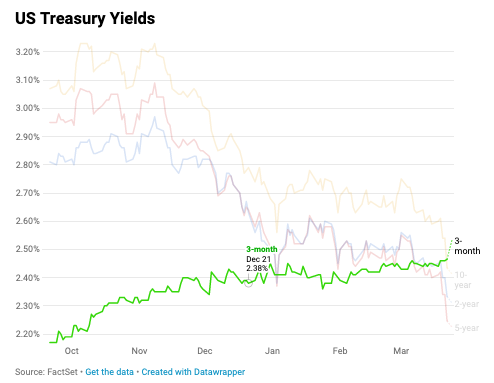9.1 – Three Sides To A Coin


Our Main Investment Thesis
Extra credit: “The guy not investing right now and hoarding cash (with net worth of under $1M… because if you can live off your cashflow then cool you can do what you want) is just afraid and lacks deal flow. Its like the person who complains that there is nothing to do during the weekend in LA (insert city with a vibrant scene) when in actuality they don’t have any friends (lack dealflow)… and by the no one likes (has a bad attitude and that person who makes excuses”
All that said the way we invest focuses on the fundamentals even in a good or bad economy. The big supply/demand dynamics is that in certain growing markets (emerging markets) in the sunbelt states and especially certain sub markets population growth is happening and there is a supply strain for a growing demand of lower income (workforce housing). This is why we focus on catering to this need, its not sexy but in a recession the demand should increase for these more value housing options.
Monetary Policy
The following section is definitely in the weeds!
This is a backgrounder on why the USD holds world reserve currency status, providing important context for future posts assessing risks of de-dollarization, etc. Some historical milestones help us answer the big question of ‘How did we get here?’ and thus help alert us on items having the propensity to impact the status quo:
BRETTON WOODS
Preparing to rebuild the international economic system from the impact of WWII, this was the first fully negotiated order intended to govern monetary relations among independent countries. The US, which at the time controlled 2/3 of the world’s gold, insisted that the system rest on the USD which was convertible to gold. Since gold was the basis for the USD, other currencies pegged their value to USD. This agreement helped to establish the USD as the primary world reserve currency, thus creating significant demand for dollars. The IMF and World Bank were also created with this agreement.
PETRO DOLLAR
Origins of the petrodollar system go back to Bretton Woods. The US agreed to defend Saudi Arabia in exchange for them agreeing to price oil exclusively in USD. That led the remaining OPEC countries to follow suit and price their oil in USD. The petrodollar greatly helped to elevate the USD’s standing as the price of the most important commodity in the world, oil, was directly linked to the dollar.
1971
The United States terminated convertibility of the USD to gold, effectively bringing the Bretton Woods system to an end and rendering the dollar a ‘fiat’ currency. The elimination of this monetary constraint (being tied to gold) allowed the US to issue monumental amounts of debt. Note, ‘1971’ on the graph: https://lnkd.in/gBzhYK3e
BASEL 3 (effective 1/2023)
Allows gold to now be counted toward reserve requirements. This offers a more stable value alternative than the USD. This is a pivotal change that will increase demand for physical gold and reduce the demand for USD reserves.
The USD’s status as the global reserve currency was a crucial enabler for the government to keep ballooning its debt. In spite of printing more & more dollars, global trade established under these agreements forced demand for dollars.
When the value of money is tied to nothing, ‘more money’ is always a tempting solution for those in power in order to placate voters. These endeavors may be ‘good causes’ or well intentioned, but our country simply cannot afford them. There seems to be no end in sight to the borrowing and spending. The US debt currently stands at a staggering $32 trillion – prior to the increased interest payments.
